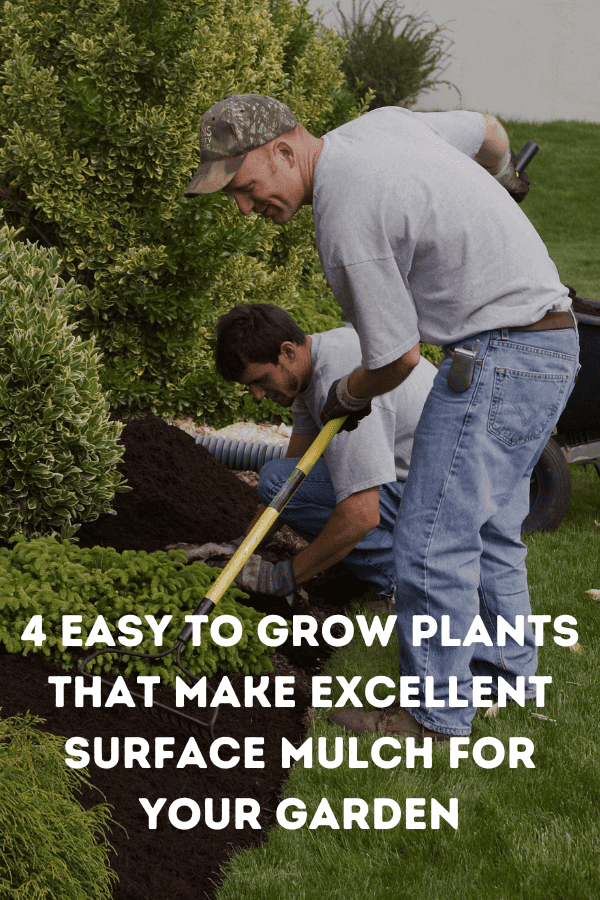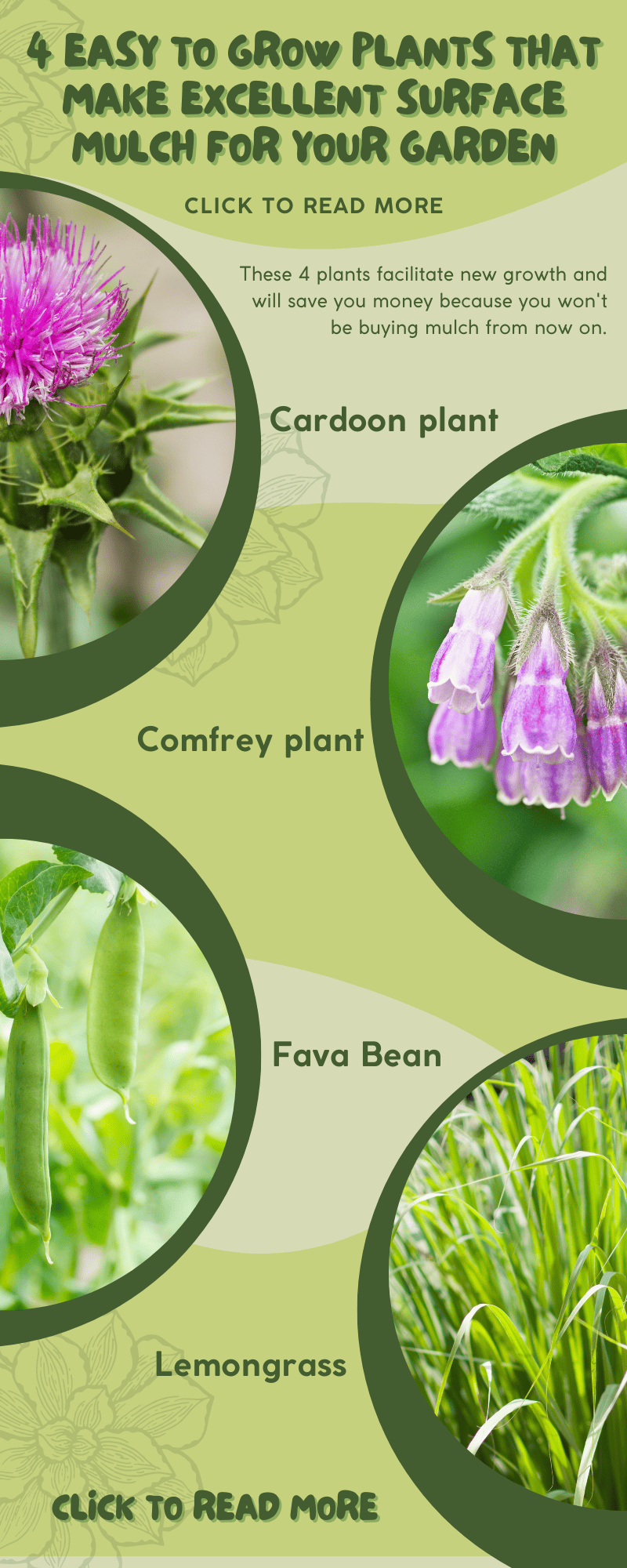
In this blog post, we're going to explore four mulching plants that you should in your garden. These 4 plants facilitate new growth and will save you money because you won't be buying mulch from now on. As gardeners, we are often hyper-focused on growing edible crops. However, there are some plants that are not edible but are great for keeping moisture in the soil, building quality soil tilth, and providing added nutrients to your edible plants.
Top Four Mulching Plants for a Productive Garden
Let's start with the Cardoon plant. The Cardoon plant looks a lot like an artichoke. In fact, they are in the same family. Unlike the artichoke, the Cardoon plant's stocks have edible uses. This plant serves as a living mulch. It shades your soil from drying out in the hot sun and protect tree trunks from Sun scald. Using Cardoon leaves as a mulch material is great because they break down quickly. The leaves also help to smother out any weeds while also creating great soil tilth. Harvesting Cardoon leaves for mulch is easy. Just reach down towards the base and break it off.
Next up is the Comfrey plant. This plant is working as a living mulch. Comfrey can get pretty big and bush out. Comfrey leaves can be used as a chop and drop crop. Or you can turn into a soluble fertilizer by soaking it in water for a few weeks. This plant has a deep tap root, which can go down several feet, mining up nutrients and minerals that other plants can't reach. Comfrey is a must-have in a self-sustaining gardening system.
The third mulching crop is the Fava Bean. This plant is great for chopping and dropping. Just make sure you do it before it begins to create pods. The root mass of the crop has nitrogen root nodules. You want to leave these nodules in the ground and just chop the top portion of the plant. The Fava plant nodules will break down quickly, and you have that organic breakdown that helps to build soil tilt.
Last but not least, we have Lemongrass. Lemongrass is a beautiful ornamental crop. It can be grown as a perennial or an annual in colder climates. It makes a wonderful tea, is great in soup bases, and can be used medicinally to create a facial steam bath. The grass leaves turn brown and die back to the ground level at the end of each year. You can harvest those leaves and pile them up for later usage in the garden. A pile of Lemongrass won't compost down like your traditional compost pile. If you use it a mulch, it can last for years. Using Lemongrass as mulch helps to block the Sun, keep moisture in the soil, and repel unwanted insects.
There you have it, folks - our top four mulching crops for your garden. Do you use any of these crops in your garden? Let us know in the comments below. We hope you're able to get out into your garden today create the most abundant life.
Embed this infographic on your site.

